Name Lucy Walter | ||
 | ||
Parent(s) William WalterElizabeth Protheroe Children James Scott, 1st Duke of Monmouth Grandchildren James Scott, Earl of Dalkeith, Henry Scott, 1st Earl of Deloraine Great grandchildren Francis Scott, 2nd Duke of Buccleuch Similar People James Scott - 1st Duke of, Charles II of England, Cynthia Spencer - Countess, George Spencer - 2nd Earl | ||
Auld lang syne presents 10 questions with lucy walters
Lucy Walter or Lucy Barlow (c. 1630 – 1658) was a Welsh mistress of King Charles II of England and mother of James Scott, 1st Duke of Monmouth. She is believed to have been born in 1630 or a little later at Roch Castle near Haverfordwest, Wales into a family of middling gentry.
Contents
- Auld lang syne presents 10 questions with lucy walters
- Power season 2 episode 7 review w lucy walters afterbuzz tv
- Biography
- Children
- Exclusion Bill and allegations of marriage to Charles II
- Popular literature
- References
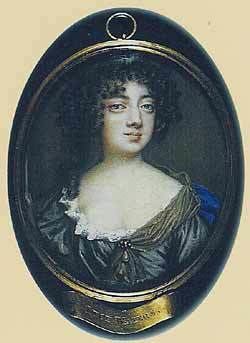
The question of whether King Charles had secretly married Lucy Walter was raised during the Exclusion Crisis, when a Protestant faction wished to make her son the heir to the throne, while the king denied any marriage, and supported the claim of his brother, the Duke of York.
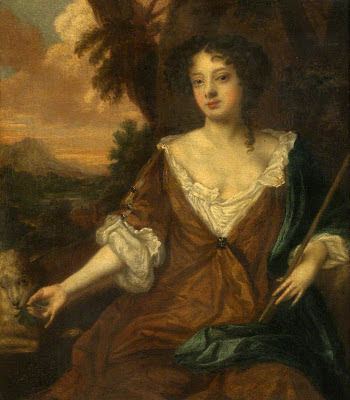
During the exclusion crisis [the possible marriage of Charles and Lucy] offered the Whigs the easiest way of excluding the Duke of York from the throne, while in 1685 it legitimized those who took up arms for Monmouth against James II. For these reasons Lucy Walter's short life is important as it explains why most of the political nation considered that a marriage between her and Charles was highly unlikely, but shows too that there were some straws available for the pro-marriage party to make use of.
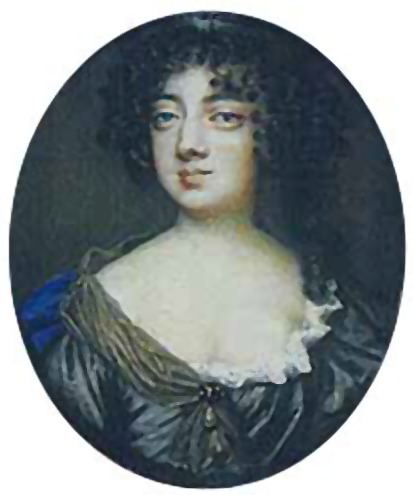
Power season 2 episode 7 review w lucy walters afterbuzz tv
Biography
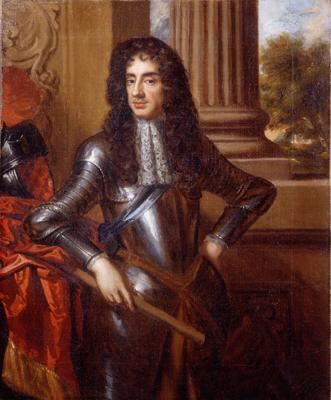
Lucy Walter was born into a family of middling Welsh gentry. She was the daughter of William Walter (died 1650) of Roch Castle, near Haverfordwest, Pembrokeshire, and his wife Elizabeth (died 1652), daughter of John Prothero and niece of John Vaughan, 1st Earl of Carbery. She is said to have been born at Roch Castle in 1630. In 1644, the castle having been taken and destroyed by the parliamentary forces, she sought refuge in London, whence she took shipping for The Hague. Algernon Sidney told James, Duke of York, that he had given fifty gold pieces for her, but, having to join his regiment hastily, had missed his bargain. His brother, Colonel Robert Sidney secured the prize, but did not retain it long.
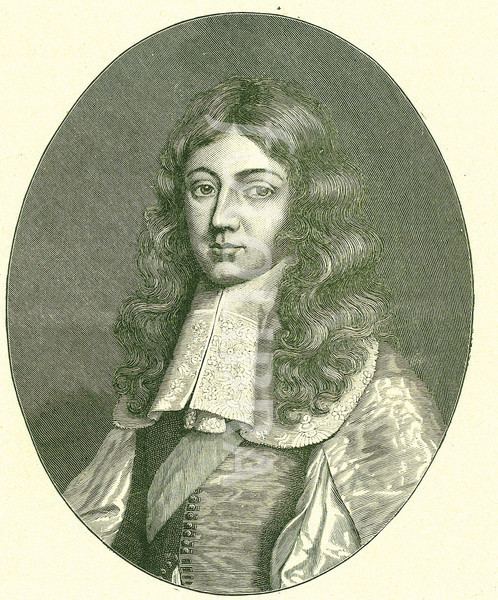
During the summer of 1648 this "private Welshwoman", as Clarendon calls her, "of no good fame, but handsome", captivated the then Prince of Wales (later Charles II), who was at The Hague for a short while about this time. He was only eighteen, and she is often spoken of as his first mistress, but there seems good reason to suppose that he had a tryst as early as 1646, James II admits Lucy's good looks, adding that, though she had not much wit, she had a great deal of that sort of cunning which those of her profession usually have. On the 9 April 1649 Lucy's son, James, the future Duke of Monmouth, was born in Rotterdam and recognised by Charles as his natural son.
In August 1649 the respectable John Evelyn travelled with her in Lord Wilmot's coach from Paris to St. Germain, and speaks of her as "a brown, beautiful, bold but insipid creature". During July and August 1649 she was with Charles at Paris and Saint-Germain-en-Laye, and she may have accompanied him to Jersey in September.
In June 1650 Charles left her at The Hague upon embarkation for Scotland. During his absence Lucy had an affair with Theobald, 2nd Viscount Taaffe, with whom she had a daughter, Mary (born 1651). After his defeat at the Battle of Worcester in late 1651, Charles escaped from England and returned to the Continent. He made it clear to Lucy that their relationship was ended. At first she attempted to persuade Dr. John Cosin that she was a convert. and when that did not work for about four years she was involved in one scandal after another causing so much embarrassment to the royal court in exile, that in early in 1656 when she was in Cologne, the king's friends, by a promise of a pension of five thousand livres (£400 a year), persuaded her to return with the children to England. She sailed from Flushing and obtained lodgings in London over a barber's shop near Somerset House. The Lord Protector's intelligence department promptly reported her as a suspected spy, and at the close of June 1656 she and her maid, Ann Hill, were arrested and sent to the Tower of London. On 16 July, after examination, she was discharged and ordered to be deported back to the Low Countries. Once back on the Continent she travelled to Brussels and resumed her extravagant lifestyle. Her attempt to use her son as a means of influencing Charles failed. However, after the court party botched an attempt to kidnap the boy, she was persuaded in March 1658 to hand him over to a royal tutor. In September of the same year—after making a general confession to John Cosin—she died in Paris of venereal disease and was buried there.
Children
She is known to have had two children:
- James, born at Rotterdam on 9 April 1649, who was on 14 February 1663 created Duke of Monmouth.
- Mary, (by Taaffe ?), born at The Hague in 1651, who married William Sarsfield, elder brother of Patrick, Earl of Lucan, and secondly, William Fanshawe (died 1708), master of requests, with whom she had children.
Exclusion Bill and allegations of marriage to Charles II
Between 1673 and 1680 (while the Exclusion Bill agitation was maturing) a legend was prepared and industriously circulated by the country party to the effect that Charles had legally married Lucy Walter. It was asseverated in course of time that the contract of marriage was preserved in a black box in the possession of Sir Gilbert Gerard, son-in-law of John Cosin (the bishop himself had died in 1672). In a novel which had a wide circulation it was the designing Prince of Purdino (James) who advised his brother, King Conradus of Otenia, to marry the beautiful "Lucilious", but, to avoid disgusting the Otenians, to do so with the greatest privacy imaginable, and in the presence of but two witnesses, himself and the priest (Cosin). Sir Gilbert Gerard, summoned before an extraordinary meeting of the Privy Council convened by King Charles II, stated that he knew nothing whatever of such a marriage contract; and the King issued three declarations in denial of the marriage (January, March, and June 1678). One of these declarations, signed by sixteen Privy Councillors, was entered in the council book and registered in chancery.
